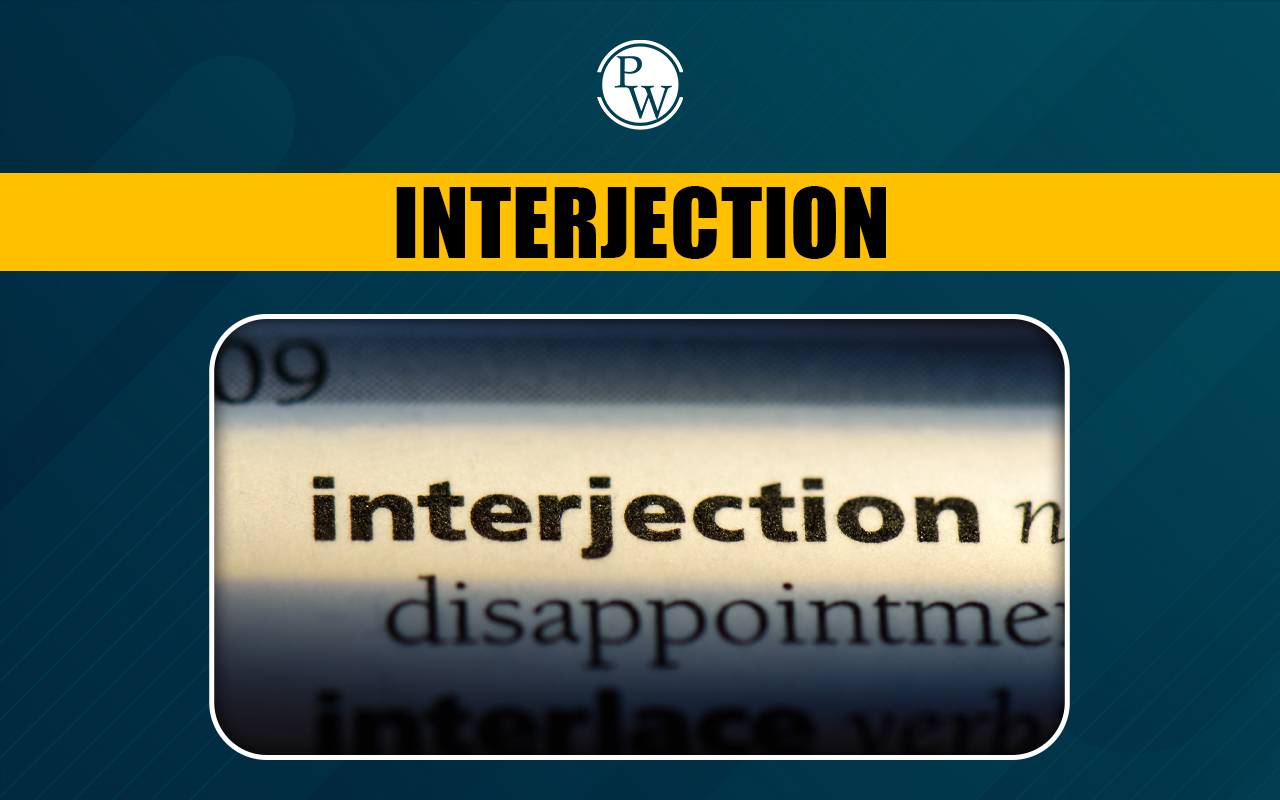
Is root 2 a rational or irrational number? This is a question many children ask when they begin learning about square roots or rational and irrational numbers in math.
To answer it, we first need to understand what a rational number is. A rational number is defined as a number that can be expressed as a ratio of two integers, such as 1/10 or 7/4. These numbers have decimal representations that either terminate or repeat in a predictable way
But not all numbers behave this way. Some numbers cannot be expressed as a ratio of two integers. Their decimals continue endlessly without any repeating pattern. These are called irrational numbers.
So what kind of number is root 2? Is root 2 rational or irrational? This blog post provides an answer to this question with proof.
Read More: Rational Numbers
What Are Rational and Irrational Numbers?
Before we begin, let’s learn what these terms mean.
Rational Numbers
A rational number is any number that can be written as a fraction, like:
a/b, where a and b are integers, and b ≠ 0
This means:
-
The numerator (a) and the denominator (b) are whole numbers (they can be positive or negative),
-
The denominator is not zero (because dividing by 0 is undefined).
These numbers are called “rational” because they can be written as a ratio of two integers.
Examples of Rational Numbers:
-
1/2 - This is already in fraction form.
-
-3/4 - Negative numbers can also be rational.
-
5 - This can be written as 5/1.
-
0.75 - This is a decimal, but since it stops, it’s rational. It equals 3/4.
Rational numbers have either terminating decimals (like 0.5) or repeating decimals (like 0.666...).
Irrational Numbers
An irrational number is a number that cannot be written as a fraction (a/b form) where a and b are integers. These numbers do not have exact fractions that equal them.
Examples of irrational numbers:
-
π (pi) ≈ 3.1415926535...
It never ends, and the digits never repeat. -
√2 ≈ 1.41421356...
The square root of 2 cannot be written exactly as a fraction. -
√3, √5, √7, and so on
All square roots of numbers that are not perfect squares are irrational.
Their decimal form of irrational number goes on without ending and does not follow any repeating pattern.
For example, √2 ≈ 1.4142135…, π ≈ 3.1415926…, and √3 ≈ 1.7320508….
Since these decimals neither stop nor repeat, they cannot be written as exact fractions, which makes them irrational numbers.
Here, the question comes “ Is root 2 a rational number, or is it irrational?” Let’s know the answer in further sections.
Read More: Perfect squares
Is Root 2 Rational or Irrational?
To understand whether √2 is a rational number, we can begin by looking at its decimal form. When we calculate the value of √2, we get approximately:
√2 ≈ 1.414213562...
-
This decimal does not end
-
It does not repeat
This decimal does not end, and it does not repeat in any pattern. That tells us it cannot be written exactly as a fraction of two integers. So from this alone, we can say that root 2 is an irrational number. But let’s go further and prove it using two different methods.
Read More: Divisibility Rule of 11 with Examples
√2 is an Irrational Number Proof
To prove that √2 is an irrational number, we will use two methods. These are:
-
Proof by contradiction
-
Long division method
Method 1: Proof by Contradiction
To prove that √2 is an irrational number, we begin by assuming the opposite.
This means √2 is a rational number. It can be written as a fraction in the form as:
√2 = p/q
where p and q are integers (whole numbers) with no common factors and q ≠ 0.
Now, square both sides:
(√2)² = (p/q)² → 2 = (p²/q²) → p² = 2q²
This shows that p² is even, which means p is even.
Let p = 2m, where m is also an integer.
Substitute back:
(2m)² = 2q² → 4m²→ 2q² → q²→ 2m²
So q² is also even, which means q is even.
Now both p and q are even, which means they have a common factor of 2. But this goes against our assumption that p and q have no common factors.
This is a contradiction. So, our starting assumption that √2 is a rational number is incorrect.
Therefore, we can say √2 is not a rational number.
Method 2: Long Division Method
Let’s try to find the value of √2 using the square root long division method.
Here, we get:
√2 ≈1.414213562...
This decimal goes on forever and does not repeat.
If a number has a decimal that does not end and does not follow any pattern, it cannot be written as a fraction. That means the number is irrational.
Also read: Prime Factorization Method
Improve Your Child’s Calculation Speed with Curious Junior Mental Maths Classes
Is your child taking too long to solve basic math problems? Do they often count on fingers or get stuck during mental calculations? Enroll your child in Curious Junior Online Tuition Classes. Here, we teach students simple tricks to help them solve math questions in just a few seconds.
Here are a few reasons why parents choose Curious Junior:
-
Teaches 50+ mental maths tricks to make solving faster
-
Helps children calculate without using fingers or writing
-
Uses games, puzzles, and real-life examples to keep learning interesting
-
Small group sessions allow personal attention
-
Weekly practice and mini tests to improve speed
-
Flexible class timings for busy routines
-
Follows a two-teacher model: one expert teaches live, and another supports after class
-
Regular PTM sessions keep parents updated on their child’s progress
-
Dedicated WhatsApp support for quick help and communication
Curious Junior helps children become faster and more comfortable with numbers every day. Book a demo today.
Root 2 is Rational or Irrational FAQs
Is square root 2 a rational number?
Why is square root 2 an irrational number?
What is the approximate value of square root 2?
Can square root 2 be written exactly as a fraction?
Is the square root of every number irrational?










